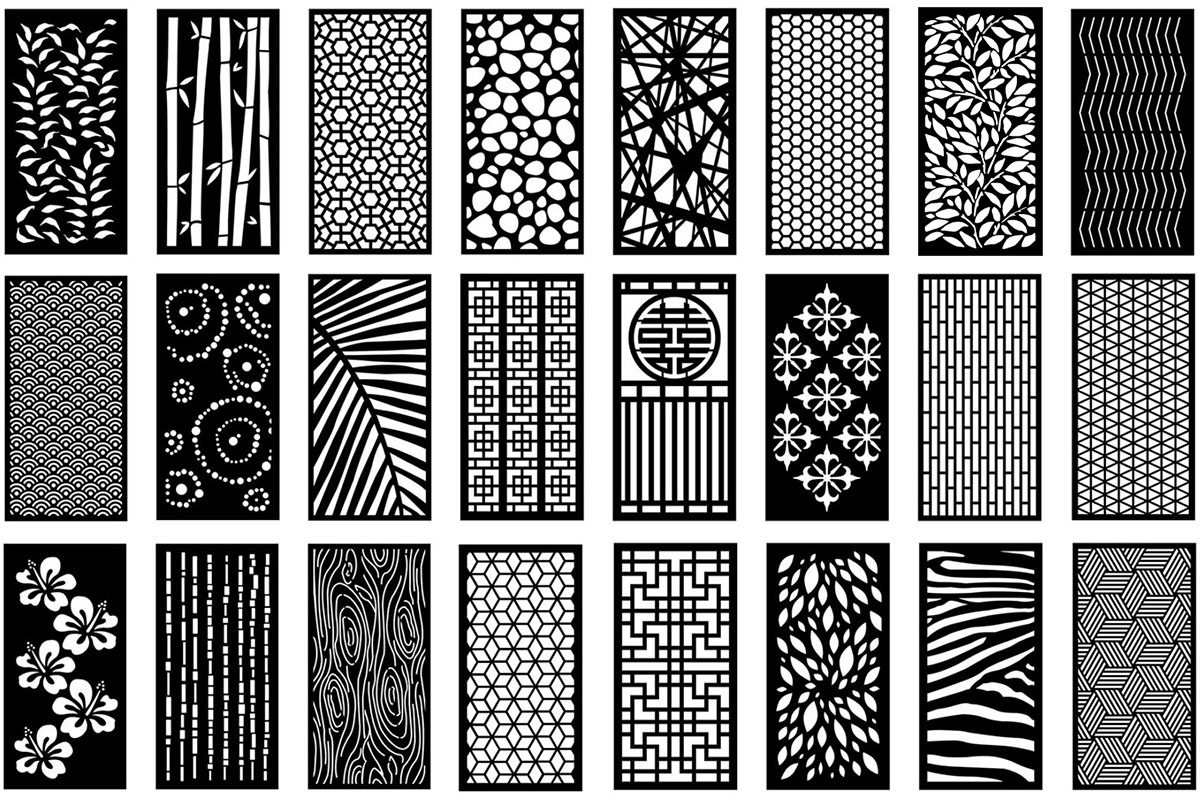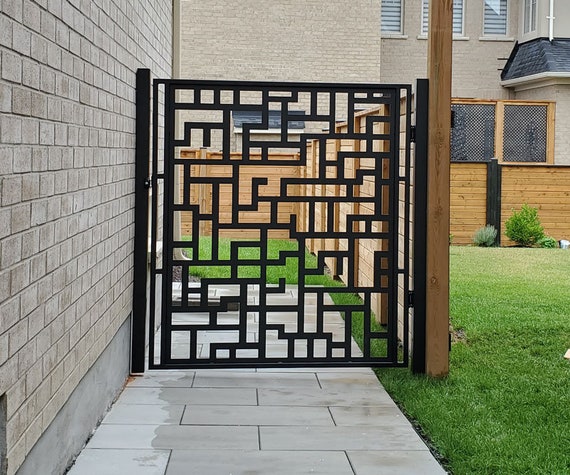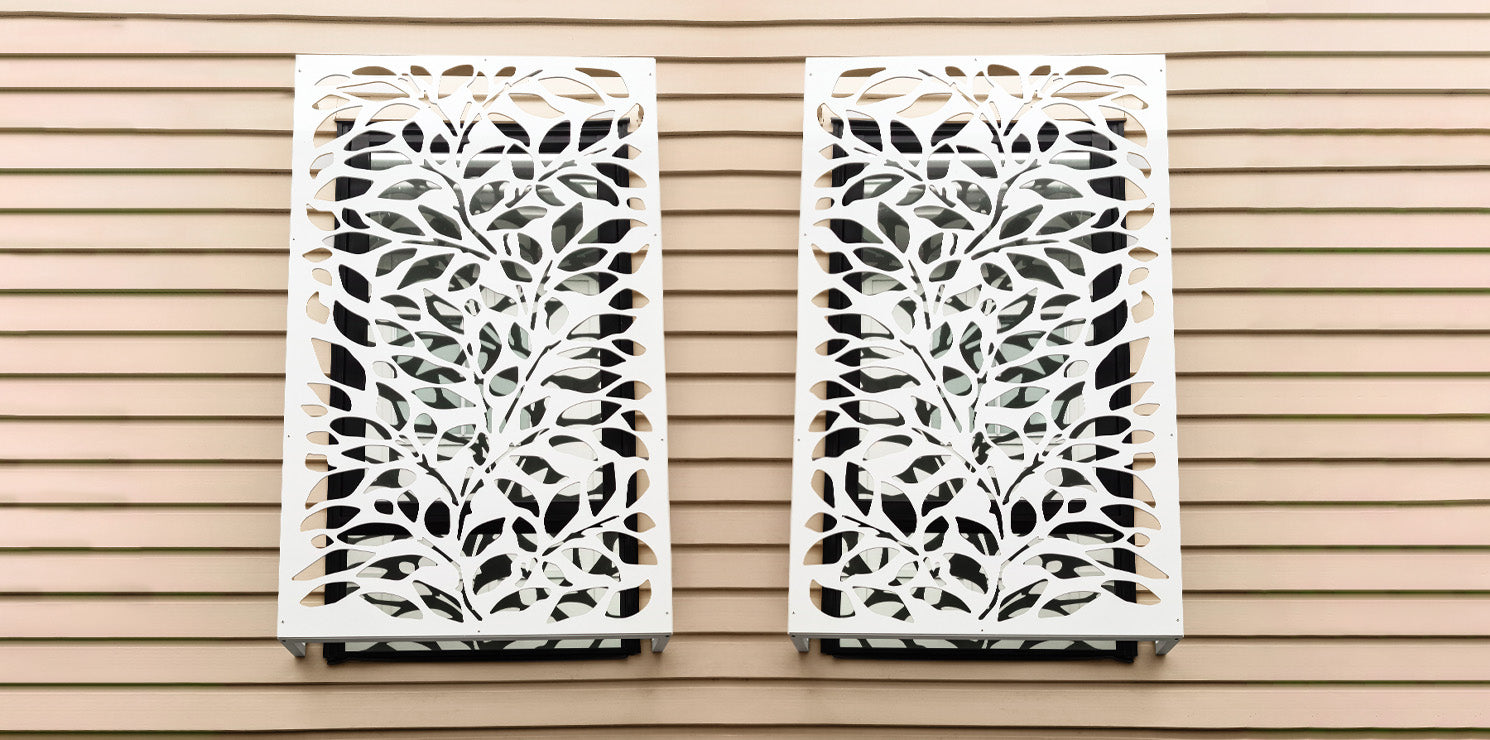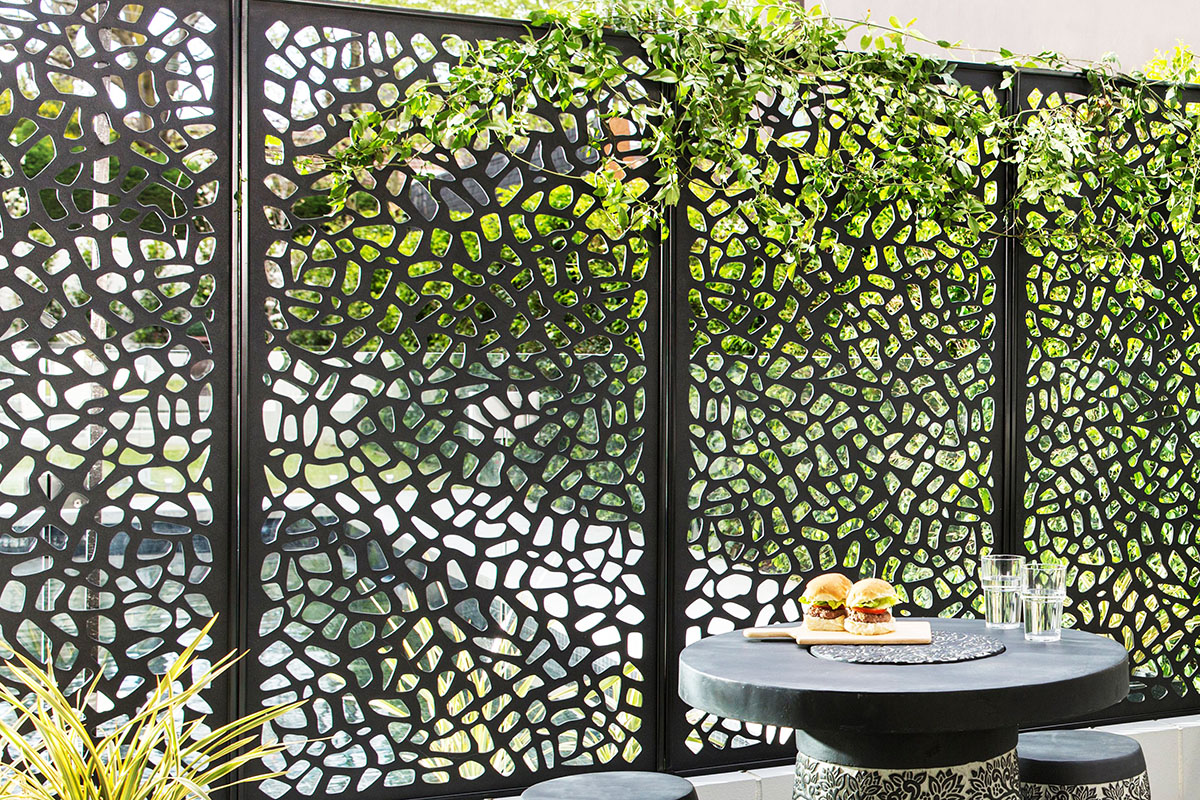What Are Aluminum Decorative Panels?
Aluminum decorative panels are lightweight, versatile surfaces used primarily for architectural and aesthetic purposes. These panels come in a variety of finishes, colors, and patterns, making them a popular choice for both indoor and outdoor designs. My first encounter with aluminum panels was during a home renovation project, and I was amazed at how they transformed the appearance of our space.
Types of Aluminum Decorative Panels
Aluminum decorative panels are categorized based on their design, material composition, and finish. Here are the most common types:
1. Solid Aluminum Panels
These are made from a single sheet of aluminum and are often used for both façades and interior walls.
2. Aluminum Composite Panels
These consist of two thin layers of aluminum enclosing a non-aluminum core, offering a lightweight yet sturdy solution.
3. Perforated Aluminum Panels
These panels feature pre-made holes and are used for decorative facades, sunshading, and even acoustic applications.
4. Textured Aluminum Panels
Available in various textures, these panels add depth and visual interest to any space.
Comparison Table
| Type | Weight | Insulation | Applications |
|---|---|---|---|
| Solid Aluminum | Heavy | Poor | Structural use |
| Composite Panels | Lightweight | Good | Façades, interiors |
| Perforated Panels | Medium | Variable | Decorative, sun shading |
| Textured Panels | Medium | Poor | Aesthetics |
Benefits of Aluminum Decorative Panels
Choosing aluminum decorative panels for your project offers numerous advantages:
1. Durability
The strength of aluminum means these panels can withstand harsh weather conditions, making them ideal for outdoor applications.

2. Lightweight
Compared to other materials, aluminum is much lighter, which simplifies installation and reduces structural load.
3. Aesthetic Flexibility
With a plethora of finishes, colors, and designs, aluminum decorative panels can fit any style, from modern to traditional.

4. Low Maintenance
These panels are resistant to corrosion, fading, and peeling, ensuring they maintain their beauty with minimal upkeep.
5. Eco-Friendly
Aluminum is recyclable, making these panels a sustainable choice for environmentally conscious projects.

Pros and Cons
- Pros:
- High durability
- Lightweight
- Wide range of designs
- Low maintenance requirements
- Eco-friendly material
- Cons:
- Can be more expensive than other materials
- May dent or scratch easily
- Thermal expansion can be an issue
Applications of Aluminum Decorative Panels
Aluminum decorative panels are used in various applications, including:

1. Commercial Buildings
These panels are often used in façades and interiors of commercial spaces due to their modern look and durability.
2. Residential Projects
Homeowners utilize these panels in kitchens, living rooms, and exteriors for a contemporary touch.

3. Signage and Branding
Businesses use aluminum since it can be digitally printed, offering a great solution for signs and branding elements.
4. Acoustics and Privacy
Perforated panels can absorb sound, making them suitable for concert halls and auditoriums.

Case Study: My Experience
During my recent kitchen remodel, we opted for aluminum decorative panels as a backsplash. The variety of colors allowed us to match our cabinets perfectly, while their durability made them an ideal choice for an area prone to moisture.
How to Choose the Right Aluminum Decorative Panels
Selecting the appropriate aluminum decorative panels for your project can be daunting. Here are some considerations:

1. Assess the Purpose
Determine whether the panels will be used for aesthetics, insulation, or durability. This will influence your choice of type and finish.
2. Consider the Environment
Outdoor panels must withstand extreme weather, while indoor panels can be chosen for their aesthetic value.
3. Style and Design
Match your panel choice with the existing architecture and design themes of the space to create a cohesive look.
4. Budget
Determine how much you’re willing to spend on panels. While aluminum can be pricier, its longevity often justifies the higher initial cost.
5. Seek Professional Advice
Working with a design professional can provide insights into the best options for your specific project needs.
Installation Tips for Aluminum Decorative Panels
Proper installation is crucial to maximize the benefits of aluminum decorative panels.
1. Preparation of the Surface
Ensure the wall surface is clean, dry, and smooth before installation to achieve the best adhesion and fit.
2. Use the Right Tools
Gather necessary tools, including a measuring tape, level, and appropriate adhesive for your specific panel type.
3. Follow Manufacturer Instructions
Each type of panel may have unique installation requirements. Always refer to the manufacturer’s guidelines.
4. Ensure Proper Ventilation
If using adhesive, work in a well-ventilated area to avoid inhaling harmful fumes.
5. Seek Professional Help
If you’re unsure about the installation process, don’t hesitate to hire a professional. It can save time and ensure a flawless finish.
Maintenance of Aluminum Decorative Panels
Keeping your aluminum panels in top shape requires minimal effort:
1. Regular Cleaning
Use a mild soap solution and a soft cloth to clean the surface regularly to remove dust and dirt.
2. Avoid Harsh Chemicals
Steer clear of abrasive cleaners as they can scratch the surface and damage the finish.
3. Inspect for Damage
Periodically check for dents or scratches and address these issues promptly to maintain appearance and integrity.
4. Reapply Coatings When Necessary
If your panels are painted or finished, reapply protective coatings as recommended by the manufacturer.
FAQs About Aluminum Decorative Panels
1. Are aluminum decorative panels waterproof?
Yes, aluminum is inherently water-resistant, making these panels suitable for various applications, including wet areas.
2. Can aluminum panels be painted?
Absolutely! Aluminum panels can be painted with appropriate exterior-grade paints designed for metal surfaces.
3. How do I repair dents in aluminum panels?
Small dents can often be removed with heat and pressure or by using a specialized dent repair kit for aluminum.
4. Are aluminum decorative panels fire-resistant?
Aluminum has a high melting point, and many panels are treated to enhance their fire-resistant properties, but check specifications before installation.
5. How long do aluminum panels last?
With proper care, aluminum panels can last decades without significant degradation.